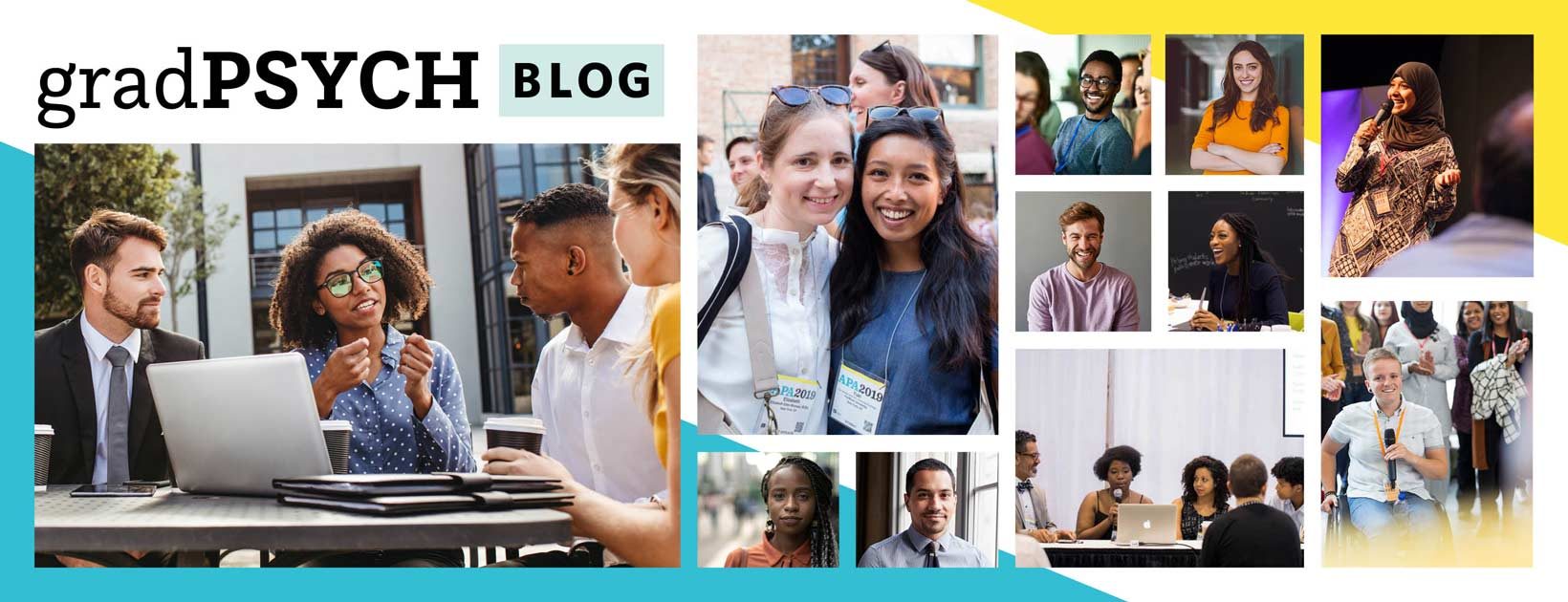Earlier this year the APA revised its Journal Article Reporting Standards (JARS). Originally published in 2008, the 2018 revision provides much-needed updates to APA’s standards for publication and reviews timely issues of debate revolving around reproducibility and preregistration. In addition and for the first time, JARS incorporates guidelines for writing about qualitative/mixed methods research, meaning that the JARS is now specific to either the use of quantitative methods (JARS-Quant) or qualitative (JARS-Qual). Both JARS are accessible as open access publications and appear alongside an editorial introducing the standards within a recent issue of the American Psychologist:
Editorial: Journal Article Reporting Standards
The JARS-Quant and JARS-Qual papers are excellent resources when considered in full. Below we’ve compiled several reasons why APAGS members may be interested in considering these resources when designing and reporting results from their own research and when serving as reviewers.
JARS-Quant
- Guidance on how to report non-experimental research
While the JARS-Quant was originally written to offer guidance on how to report studies with experimental manipulations, the 2018 revision offers new guidance on how to report results from studies that are observational, correlational, or which use a natural design (See JARS-Quant Table 3). This expands the scope of JARS considerably and is a much-welcomed resource for those of us who complete non-experimental research.
- Inclusion of sophisticated statistical approaches
As the need for more sophisticated statistical approaches for analysis continues to grow, JARS-Quant now offers guidance on what to report when using structural equation modeling (SEM), Bayesian statistics, meta-analytic research methods, and single-case studies (e.g., N-of-1 studies). Inclusion of these diverse approaches to analyzing data offer students up-front transparency in terms of what APA considers appropriate for reporting results from these less ‘straight-forward’ approaches.
- Reporting standards for replication studies
Given heightened interest surrounding issues of reproducibility in psychological science, JARS-Quant provides new guidelines for what to report when publishing a replication study. Authors should consider suitability of replication studies for their individual studies; yet, these guidelines offer a good starting point for what details to consider including in a manuscript so that your study can be considered for replication. Conversely, these guidelines are informative when attempting to replicate another scientist’s work. As new cultural shifts in our field that recognizes the importance and value of replicability, this provides helpful guidance on what information is useful and needed in published manuscripts in order to foster replication science.
JARS-Qual
- Detailed discussion on what constitutes qualitative research and best reporting practices
The JARS-Qual includes a comprehensive yet basic primer for any reader interested in what constitutes qualitative research. In particular, the standards offer guidance regarding the number of participants that typically appear in qualitative research, the types of hypotheses that are tested, modes of data collection, and ways in which hypotheses may be validated. These guidelines further provide much needed clarification on what information needs to be reported and how.
- Recommendations for reviewers reading qualitative research
As editorial board members for Translational Issues in Psychological Science, we often hear from student reviewers that they do not feel comfortable reviewing qualitative manuscripts given a lack of expertise in this arena. As such, we were thoroughly impressed to learn that detailed recommendations for reviewers appear within JARS-Qual (Table 1) to help these individuals better evaluate qualitative research integrity. These guidelines are written in lay language and provide examples of what sections should appear within a qualitative manuscript, thereby providing necessary details to keep handy when consuming qualitative research.
- Inclusion of standards for mixed methods designs
As quantitative and qualitative research vary considerably in terms of design and analysis structure, it is particularly nice to see an entire section detailing how to integrate both methods (See section: Mixed Methods Article Reporting Standards [MMARS]). This makes the JARS-Qual a comprehensive tool for any investigator wishing to complete a stand-alone qualitative study or, alternatively, using limited qualitative data collection to help inform quantitative work.
Author Bios
Jacklynn Fitzgerald, PhD currently serves as the APAGS Member-at-Large for Research and Academic Affairs. She is a post-doctoral research fellow at the University of Wisconsin Milwaukee, Department of Psychology, where she studies the impact of psychological trauma on neural functioning during emotion and emotion regulation. Outside of the lab she considers ways training in psychological science can be improved, and is committed to advancing under-represented students in the sciences, particularly women. She can be contacted here.
Renee Cloutier, MS currently serves as the APAGS Science Committee Chair. She is a fifth year doctoral student in the Experimental Psychology/Behavioral Science program at the University of North Texas and is a F31 recipient from NIDA/NIH. She studies the role of anxiety and social context in substance use behaviors/cognitions among adolescents and emerging adults. In addition to her research, she seeks ways to promote science within psychology and devotes her time to mentoring younger students. She can be contacted here.

 Have you ever wondered how to get financial support for your research? APA
Have you ever wondered how to get financial support for your research? APA